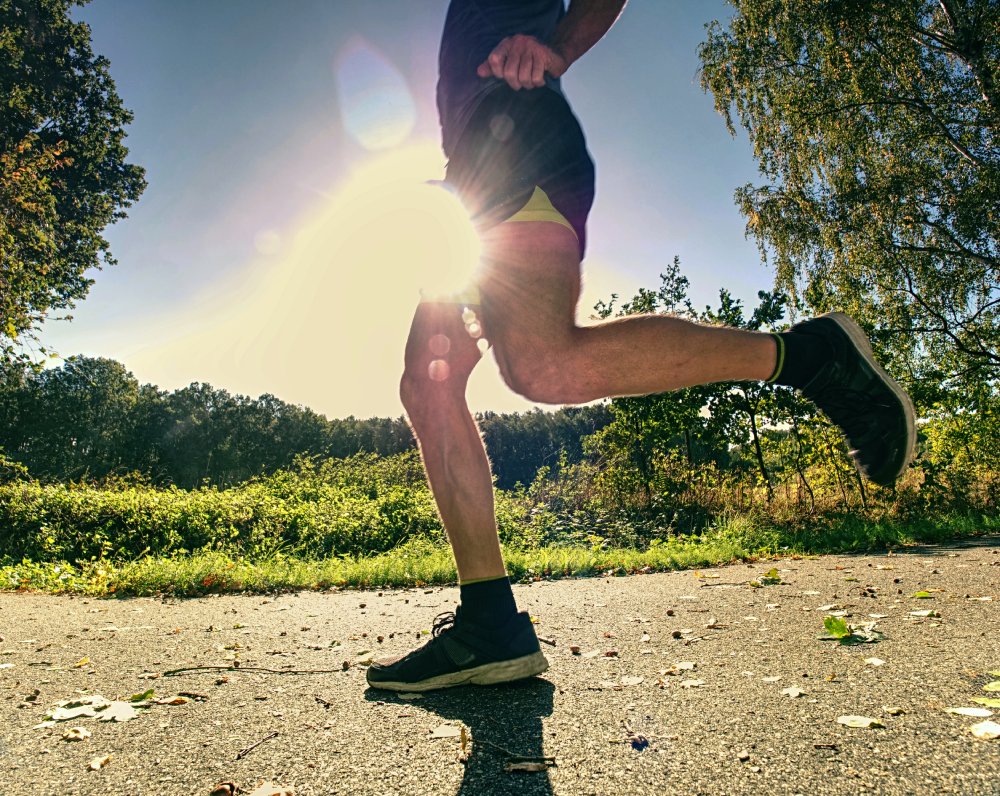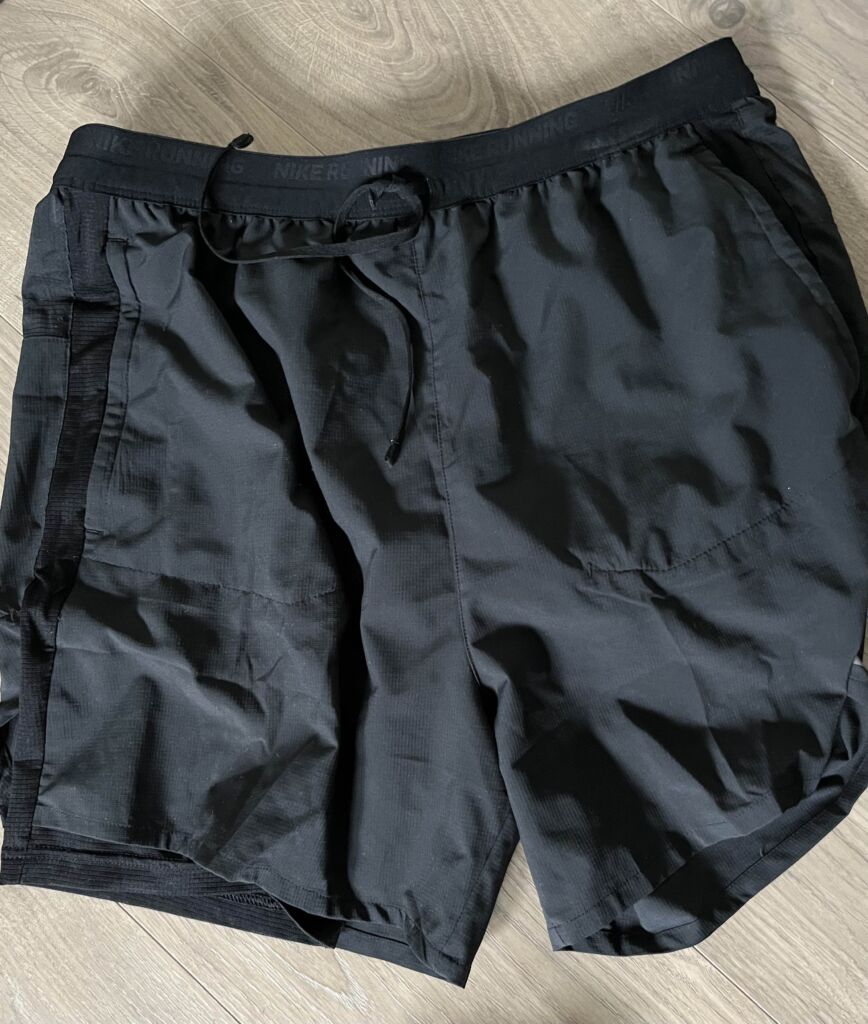There are so many clothing options that confuse new runners, so should running shorts be tight or loose? It depends on what gives you the best performance.
Selecting the correct running shorts is one of the best investments you’ll make when choosing your gear, but should running shorts be tight or loose? The key is to find running shorts that fit well without being uncomfortable; you want to ensure you wear shorts that don’t chafe or cause an infection. On the other hand, tight shorts can affect your range of motion, while loose shorts can chafe and feel baggy.
Contents
The Different Running Shorts Types And How They Fit

There are four main types of running shorts, and the fit is slightly different for all of them. Check out our explainer on why are running shorts so short.
Compression Shorts
Compression shorts are made from material such as spandex, so they offer more compression in the thigh area. These shorts should be snug. However, you don’t want them to be so tight your movement is restricted.
Compression shorts should fit like a second layer of skin. If you notice the shorts after you’ve run for a few miles, the shorts are a distraction, and that’s never a good thing.
You’ll know that your shorts are a good fit if you don’t see wrinkles when wearing them. Compression shorts are too loose if your shorts have wrinkles after you put them on. To make sure you have a good fit, you should be able to insert your fingers into the thigh area of your shorts. You might be interested in learning about split running shorts.
Split Shorts

If you need the maximum range of motion, consider split shorts. These shorts are composed of two panels.
The front panel overlaps the back panel, which allows you a better range of motion. Split shorts also go with your waistline size. They are designed to reduce bodily contact with the fabric. Runners who wear split shorts say they feel freer when they’re running.
V-Notch Shorts
The most popular style of running shorts is V-notch shorts. There is a V cutout on the outside of the shorts, allowing for a full range of motion. V-notch shorts should be loose to avoid tight spots, which can cause chafing. These shorts should also not be overly baggy.
2-in-1 Shorts (Lined Shorts)

This style of running shorts has an inner lining that serves as underwear. In these shorts, the lining should be sufficiently tight not to have wrinkles. The short portion of the 2-in-1 shorts should be loose enough so it doesn’t limit motion.
The Final Word On Should Running Short Be Tight Or Loose?
Running shorts should be whatever is comfortable for the runner. You don’t want shorts that are too loose, but if they’re too snug, they can be uncomfortable.
FAQs About Should Running Short Be Tight Or Loose?
How are athletic shorts supposed to fit?
The best fit for athletic shorts depends on what helps you perform best with minimal distraction, discomfort, and chafing.
Compression shorts: These shorts should be snug without wrinkles but not too tight. If these shorts have wrinkles, they’re too loose.
Split shorts: Choose split shorts based on the side of your waistline. These shorts shouldn’t be overly tight.
V-notch shorts: These shorts should be sufficiently loose with no tight spots. However, the fit shouldn’t be baggy.
2-in-1 shorts: These shorts have a tight lining, and the shorts are loose enough not to limit motion.
Is it better to run in loose or tight shorts?
It depends on your own comfort. Choose the type of shorts that allow you to have the best range of motion with no discomfort.
Why do ultra runners wear shorts?
Shorter shorts are popular in the ultra-running scene because they help prevent chafing. When you have more fabric, you have more friction, and it’s friction that causes chafing.
Shorts also help with temperature management. Running in extreme heat can sap your energy, and having air hitting your legs will help with your endurance.



